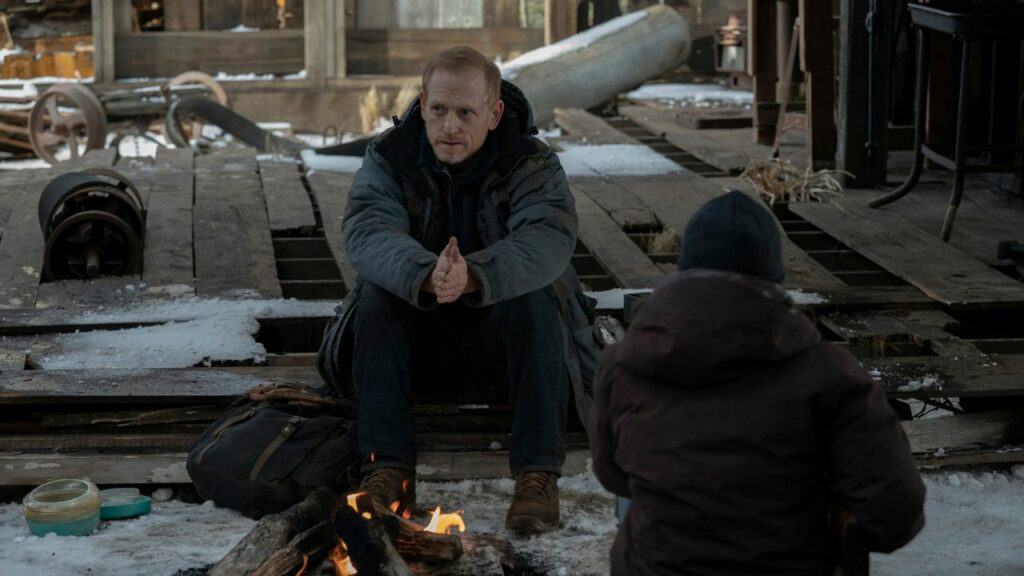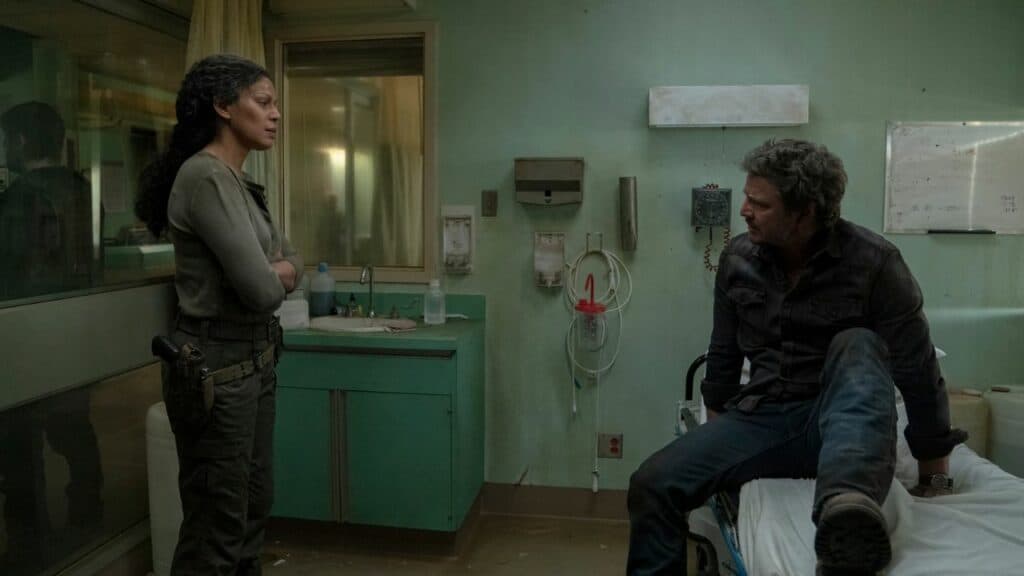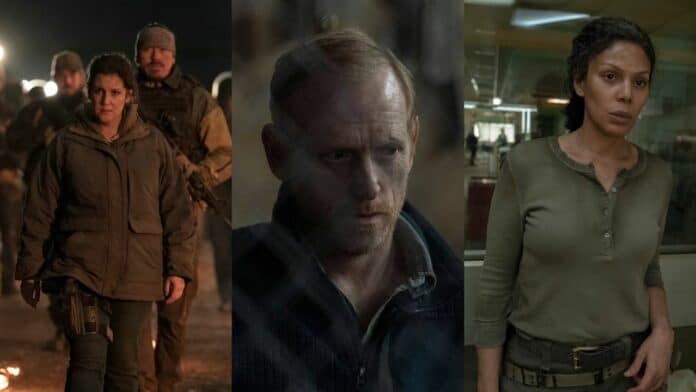HBO’s The Last of Us is not just a story of survival in a post-apocalyptic world; it is also a narrative rich with complex villains.
The antagonists in The Last of Us are multi-dimensional, combining the tragic and formidable infected, and morally ambiguous humans who profoundly impact the protagonists’ journey.
This article delves into the intricacies of how season 1 of The Last of Us crafts its antagonists, examining their roles, motivations, and the impact they have on the story and main characters.
Beyond the infected: Human antagonists with depth
While the infected are the obvious threat in The Last of Us, the series elevates its narrative tension through its human antagonists.
These characters are not mere one-dimensional villains; they are individuals shaped by the same world that the protagonists navigate.

Their motivations are grounded in survival, power, or distorted visions of creating order, making them relatable yet menacing.
For instance, the character of David, who initially appears helpful and charismatic, gradually reveals a more sinister and manipulative side, providing a complex challenge for Ellie.
The infected: A persistent and evolving threat
The infected in The Last of Us serve as a constant reminder of the world’s devastation. Their portrayal goes beyond typical zombie tropes, offering a variety of threats that evolve over the season.
From the stealthy and terrifying Clickers to the overwhelming hordes, these creatures are a product of the Cordyceps brain infection, making them tragic figures as well as formidable antagonists.
The series uses these infected not just as obstacles but as symbols of the pandemic’s impact on humanity.
Moral ambiguity: Blurring lines between heroes and villains
One of the standout aspects of The Last of Us is its exploration of moral ambiguity.
The antagonists often mirror the protagonists in their quest for survival, blurring the lines between heroes and villains.

This complexity is exemplified in characters like Marlene, the leader of the Fireflies.
Her determination to find a cure for the infection puts her at odds with Joel and Ellie, making her a nuanced character whose antagonistic role is driven by a morally gray agenda.
Impact on character development
The antagonists in The Last of Us play a crucial role in developing the protagonists. Their interactions with Joel and Ellie force the main characters to confront their own morals, fears, and past traumas.
These encounters are pivotal in shaping the protagonists’ journey, adding depth and complexity to their characters.
In conclusion: Crafting a multi-dimensional threat
The crafting of antagonists in season 1 of The Last of Us is a testament to the show’s commitment to complex storytelling.
The series excels in presenting a world where the line between friend and foe is often blurred, and survival comes at a moral cost.
This nuanced portrayal of antagonists adds layers to the narrative, making The Last of Us not just a tale of survival but a profound exploration of the human condition in extreme circumstances.
Also Read: The moral complexity of Joel’s decisions in The Last of Us

